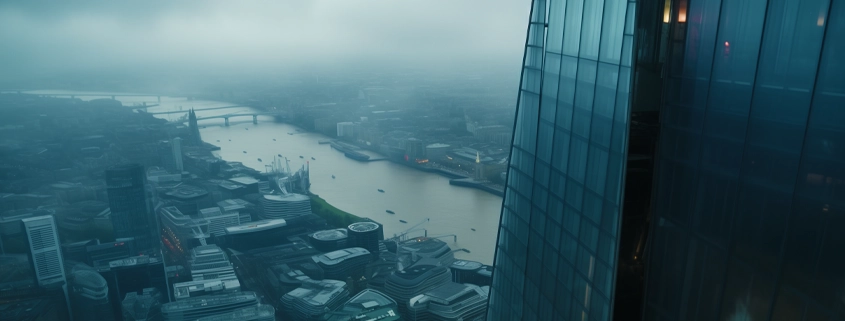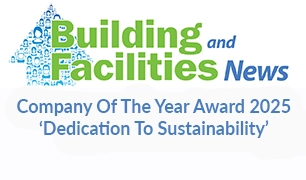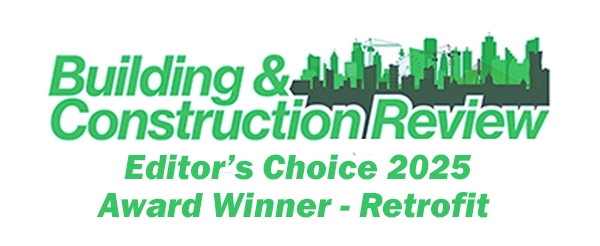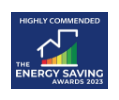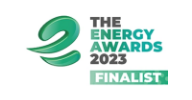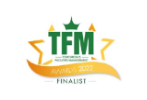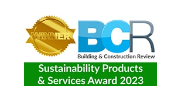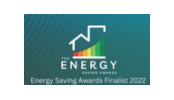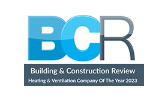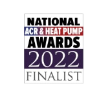Welcome to the second in the Ask Adveco series. This time we respond to questions on DHW sustainability and regulation challenges..
How does Adveco define sustainability within commercial buildings?
Sustainability encompasses a broad range of functions across the commercial sector, from the bricks and mortar construction to daily operational demands. As a hot water specialist for more than 50 years, Adveco’s focus is on how we can take not just new, but also the many existing buildings, to a point where sustainability can be actively demonstrated. For us, that means best addressing the type of energy used and reducing the energy required to meet business-critical hot water demands for tangible carbon emission reductions – all without impacting daily operations or incurring costs that prevent the forward movement of sustainable business strategies.
What are the challenges of upcoming regulation/technical changes that specifiers need to be aware of in the short to medium term?
The Buildings Safety Act has increased scrutiny of hot water systems, which higher-risk buildings (HRB) must adhere to more strictly. For new HRB or significant alterations to existing ones, building control approval is required. This process involves detailed scrutiny of the proposed hot water system design, ensuring it complies with regulations and safety standards. Of note are the requirements placed on gas water heating and the installation of flues or appliance ventilation ducts, which, if they penetrate compartment walls or floors, should exhibit a fire resistance (REI) that is at least half of the compartment wall or floor. For all buildings over 30m tall, and for some situations in buildings over 18m tall or under 10m deep, flue through compartment walls will not be allowed under the new legislation.
The will likely be further tightening of energy performance standards for hot water systems under Part L. If that is the case, we can expect to see more stringent minimum efficiency requirements for all hot water systems, including boilers, heat pumps, and solar thermal systems. Regulations are also likely to incentivise greater integration of renewable energy sources, particularly solar thermal and heat pumps.
Lowering the storage temperature limits of DHW is also under review, but our technical consensus is that the review will not change the legislation. If it does, we would still design preheat at +50°C and system temperatures at a safe +65°C.
What do your technical teams get most commonly asked about?
The current challenges in the industry revolve around understanding how to size electric hot water systems with heat pumps to accurately fulfil a building’s DHW demands. Most questions revolve around their efficient ASHP operation, space for the tank and, of course, costs.
One issue we increasingly encounter in the retrofit space is the request to switch from gas to a like-for-like electric system. A 360kW gas application is very different to a 360kW electrical application; the electrical demand is simply enormous. Bringing that additional electrical supply to the building is incredibly expensive, so a lot of our technical design relates to meeting specified DHW demands whilst reducing costly electrical supply, which has the potential to derail sustainability projects.
How do you work with specifiers?
An initial engagement often happens via our free CPD offerings. Working together, we will supply the hot water design, which could involve metering an existing building or working within the specification and building legislations. The resultant design will recommend products that Adveco selects and supplies. But we can also create elements for a wider specification, such as designing only the preheat for a system.
Once the specification goes out to tender, it becomes a case of just keeping in touch over the months should there be any updates to the specification that require addressing. Adveco does continue to be involved with the building, though, through the commissioning process and ongoing system service.
What are the key sustainability challenges commercial buildings face when it comes to heating and hot water?
Lighting, heat and hot water are necessities. They are also a key contributing factor to the release of carbon emissions from commercial building stock, accounting for 40% of annual emissions. Water heating alone represents as much as 30% of a building’s daily energy demands, so it represents one of the key challenges seeking resolutions. From sink and basin-led demands, to showers, baths, pools, to kitchens, laundry and general demands for regular cleaning, all add to the demands for hot water, making it a business-critical function for most commercial and public sector organisations. Whilst new builds make consideration for such evolving demands as part of the current building regulations, the majority of commercial buildings are pre-existing, and many will be overdue for renovation.
Of the current commercial properties, only around 14.5% were constructed after 1996, and 80% of all buildings are still expected to be in use in 2050. However, factoring sustainability into older properties is complex and costly. This is especially true when addressing space heating, which can require the building to be adapted in terms of insulation, ventilation, energy supply, pipework and heat emitters. This is the most significant challenge facing building operators wishing to formulate net-zero strategies. There is a silver lining. When water heating reaches a scale seen in commercial properties (requiring a defined plant room space), it is essentially a separate system that requires less and lower impact alteration to the building’s fabric, pipework or energy supply for meaningful carbon savings. This means, despite the apparent system complexity, it remains one of the most cost-effective means of introducing sustainability in terms of capital investment and running costs.
If you have a question you would like answered by the team, feel free to send it to marketing@adveco.co, and we will aim to include it in future Q&As.

